The Independent Pricing and Regulatory Tribunal (IPART) member Jonathan Coppel said the value of solar is based on IPART’s estimate of the wholesale price of electricity at the times that solar electricity is exported.
“The solar feed-in tariff benchmark for 2025-26 is similar to the current benchmark for 2024-25. The range minimum remains at 4.9 cents, while the top has increased slightly,” Coppel said. “This reflects that wholesale electricity prices are slightly higher than last year.”
IPART’s draft benchmark for 2025-26 incorporates new network charges and rebates for solar exports. These were recently introduced by the distribution networks in NSW and are being rolled out to a growing number of customers. Coppel said the net impact of these tariffs would be very small, reducing IPART’s benchmark range by 0.14 c/kWh.
Coppel said that most customers get the largest benefit from their solar panels by using the electricity they generate. This allows customers to reduce how much electricity they need to buy from retailers.
Retailers’ electricity prices are higher than solar feed-in tariffs because retail prices also include network costs, environmental obligations, and the cost of their operations. They also recover the higher cost of wholesale electricity prices when solar is not exporting, which are much higher than the wholesale costs in the middle of the day when solar exports are helping to power the grid.
IPART has also published separate time-of-day benchmark ranges for customers in the Ausgrid, Essential Energy and Endeavour Energy networks. The highest time-of-day benchmarks are above 20 c/kWh during the evening, when the demand for electricity is at its highest. At this time electricity prices are high and there is very little solar energy exported to the grid.
IPART is holding a public workshop to seek feedback on the updated methodology on 11 March 2025. Stakeholders can also make a submission to IPART’s Draft Report until 21 March 2025.
“We invite all interested stakeholders to attend or make a submission,” Coppel said. “We will take that feedback on board as we finalise our benchmarks for 2025-26.”
IPART will publish the final 2025-26 benchmarks in May.

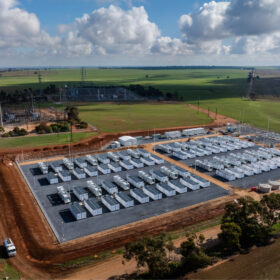
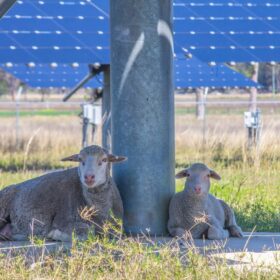
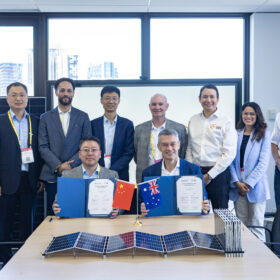
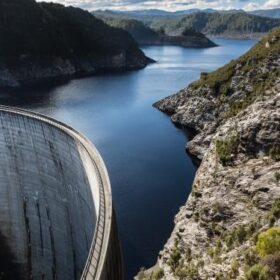
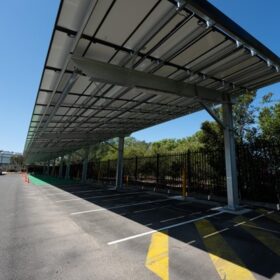
By submitting this form you agree to pv magazine using your data for the purposes of publishing your comment.
Your personal data will only be disclosed or otherwise transmitted to third parties for the purposes of spam filtering or if this is necessary for technical maintenance of the website. Any other transfer to third parties will not take place unless this is justified on the basis of applicable data protection regulations or if pv magazine is legally obliged to do so.
You may revoke this consent at any time with effect for the future, in which case your personal data will be deleted immediately. Otherwise, your data will be deleted if pv magazine has processed your request or the purpose of data storage is fulfilled.
Further information on data privacy can be found in our Data Protection Policy.